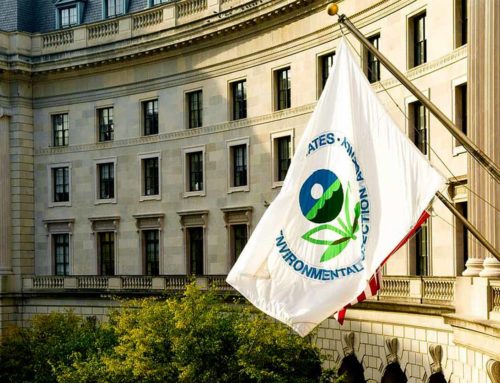Congress snuck a Halloween budget trick into the energy spending bill President Obama signed last week. Well, actually it was a $100 million treat for the hydrogen fuel cell (HFC) research and development (R&D) program that the President tried to pare back after previous administrations spent $1.4 billion over the years on this energy white elephant.
While some lawmakers are mesmerized by the alchemy-like idea of turning water into energy, hydrogen is not a silver bullet for all our energy ills. In theory, it’s a pretty picture: hydrogen provides carbon-free energy with no by-product but water. But in reality, HFC technology relies on pure hydrogen, which must be produced from natural gas, coal, biomass, nuclear, or water in an expensive, energy-intensive process. So there goes that zero-emission argument.
But the problems don’t stop there. The infrastructure required to transition to hydrogen-fueled transportation simply doesn’t exist. It’s a Catch-22 that has a choke-hold on investment—no one will buy hydrogen cars until an infrastructure is in place, and industry won’t develop the infrastructure if no one is buying hydrogen cars.
Energy Secretary Chu, a Nobel-prize winner in physics, has stated that hydrogen technology would need not one, but four scientific “miracles” to make it a practical energy source. With such colossal barriers, Secretary Chu did the rational thing: he stated that a hydrogen car economy in the next few decades was “unlikely,” and that funding was better spent elsewhere. Consequently, the Administration cut $100.7 million for hydrogen and fuel cell programs in the FY10 budget.
But Congress had different ideas. Not only did lawmakers reinstate the funding, Congress responded by ramping up hydrogen fuel cell research and development, even as private investment and the scientific community were diverting resources away from HFCs and toward more promising alternatives.
The federal funding frenzy for hydrogen research isn’t new. HFC technology received $50 million a year under President Clinton’s Partnership for a New Generation of Vehicles (PNGV) program, and well over a billion dollars under the FreedomCAR initiative during George W. Bush’s presidency. All that money spent and very little return, just more debt. Hydrogen technology is still not cost-effective or commercially viable, but Congress just won’t let it go.
Because of the immense barriers to implementation, claiming that hydrogen fuel cells are part of the climate change solution is simply shortsighted. Commercialization of HFC vehicles is not just out of reach—it’s way past the horizon. And money spent on pie-in-the-sky dreams steals resources from more promising solutions. Rather than launching hundreds of millions of dollars at the mirage in the far distance, we should invest in the renewable technologies that are within view.
It’s well past time to stop throwing good money after bad. Sure driving around in purportedly zero-emission hydrogen cars may paint a pretty picture, but the ugly reality is that after spending $1.4 billion over the last several years we’re not even close. Besides, we are nowhere near the cost curve for commercialization. According to the CEO of General Motors Fritz Henderson, a HFC vehicle is ten times more expensive than its alternative, the electric vehicle. Henderson said the 500-lb gorilla isn’t hydrogen technology, “the issue is always cost, 100 percent cost.”
We couldn’t agree more.
TCS factsheet: The Amazing Waste: Hydrogen Fuel Cell Funding














Get Social